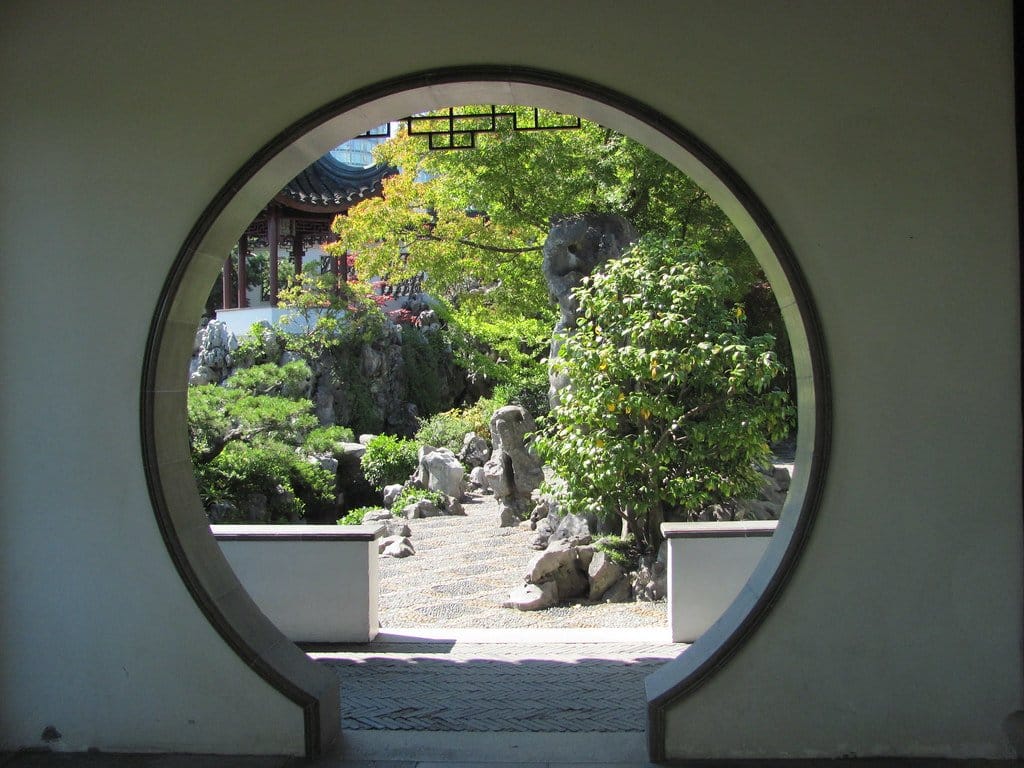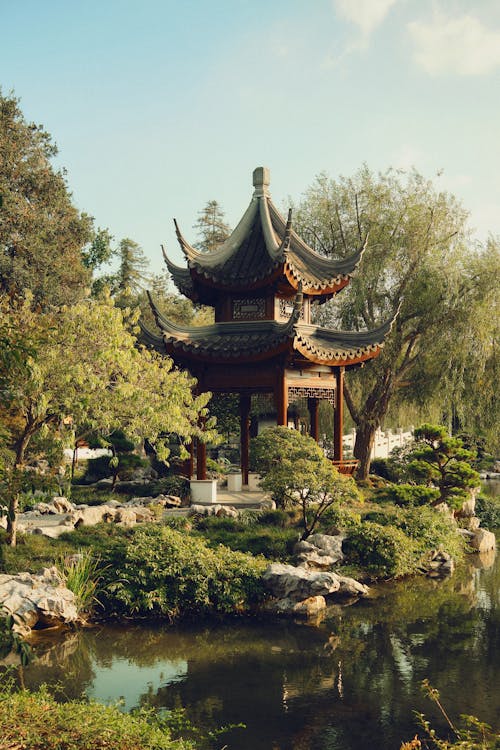What Makes Suzhou’s Classical Gardens a UNESCO Treasure

Hello fellow travelers! As passionate explorers of China, here at jusha.travel, we love sharing how the country’s rich Chinese culture and stunning landscape design can turn ordinary trips into unforgettable journeys. Today, we’re diving into Suzhou’s Classical Gardens, a collection of masterpieces recognized as UNESCO sites that perfectly blend nature, art, and philosophy. Spanning over a thousand years in Jiangsu culture, these gardens aren’t just beautiful—they’re living lessons in harmony. Whether you’re a history buff, nature lover, or just curious about China travel, this post will explore why they’re a must-visit treasure. Ready to step into tranquil worlds that mimic nature’s grace?
The Rise of Suzhou’s Gardens: A Journey Through History and UNESCO Recognition

The story of Suzhou’s Classical Gardens begins in the heart of Jiangsu culture, where this watery city in eastern China has been a cultural hub since ancient times. Originating from the Northern Song Dynasty (around the 11th century) and flourishing through the Ming and Qing periods, these private retreats were designed primarily for scholars, officials, and aristocrats as sanctuaries of peace and contemplation. Unlike ornate European gardens, Suzhou’s creations emphasize subtlety, using rocks, water, plants, and architecture to recreate miniature landscapes that evoke philosophical ideals rooted in Daoism and Confucianism.
What elevates these gardens to global acclaim is their UNESCO World Heritage status, awarded in 1997 and expanded in 2000. Nine of them were inscribed as sites that represent the “most refined form” of Chinese gardens, showcasing exceptional value in their harmonious integration of man-made structures with contrived nature. As the UNESCO designation notes, they demonstrate “outstanding examples of the harmonious relationship achieved between traditional Chinese residences and artfully contrived nature.” This recognition stems from their cultural continuity, influencing landscape design across East Asia, including Japan and Korea.
Interestingly, over 69 gardens survive today, preserved as national heritage sites. To connect this with your China adventure, consider how these gardens contrast with modern hubs—perhaps after exploring China’s evolving culture in places like Beijing or Shanghai. If you’re planning your first trip, our essential travel tips guide covers visa essentials and cultural etiquette to make navigating China seamless.
Meticulous Design: The Essence of Suzhou’s Landscape Artistry

At the core of Suzhou’s Classical Gardens lies a philosophy of imitation: these spaces aren’t wild landscapes but carefully crafted illusions of nature on a small scale. Drawing from Chinese landscape painting techniques, designers use elements like lakes, rocks, streams, and hills to evoke grand scenery within compact areas. This approach embodies the Daoist concept of harmony with nature, where every component—down to individual plants—achieves dynamic balance.
Symbolism permeates every detail: rocks represent resilience and mountain grandeur, water symbolizes fluidity and life’s cycles, and plants carry deep meanings—bamboo for strength, plum blossoms for perseverance, and pine for longevity. Architecture plays a starring role too; pavilions, bridges, and corridors aren’t mere structures but serve as “frames” for scenic vistas, guiding visitors through staged compositions reminiscent of traditional scroll paintings.
This masterful landscape design has roots in poetic and artistic traditions, with scholars gardening as a meditative practice. For instance, the balance between yin (soft water) and yang (solid rock) fosters serenity, making these gardens ideal for contemplation. To appreciate this on a larger scale, travelers might explore China’s top cities in our 2025 adventures guide, where Suzhou’s waterways and gardens blend into broader Jiangsu culture experiences.
As for modern touches, many sites now offer digital guides or virtual reality glimpses of their historical layouts, marrying ancient wisdom with contemporary China technology. To immerse yourself fully, try a tea ceremony in one of the pavilions— a nod to China’s tea culture that enriches any garden visit.
Iconic Gardens Unveiled: Stars of Suzhou’s Heritage

Suzhou boasts nine UNESCO-recognized gardens, each with unique charms that highlight the diversity of Chinese gardens. The largest and most celebrated is the Humble Administrator’s Garden, a Ming Dynasty masterpiece featuring expansive pools, rockeries, and over a hundred buildings—it’s like strolling through a living poem. In contrast, the oldest, Canglang Pavilion (Surging Waves Pavilion) from the 11th century, retains its original layout with serene water features and historic pavilions.
Other gems include the Lion Grove Garden, famed for its labyrinthine rock formations mimicking lions— a testament to creative landscape design—and the Master of the Nets Garden, the smallest at just 0.01 square kilometers, offering an intimate upscale elegance. Lingering Garden stands out for its rockeries and Qing-era architecture, while the Garden of Cultivation and Couple’s Retreat Garden emphasize personal retreats nestled in verdant settings.
Each garden tells a story of Suzhou, from imperial pools to scholarly havens, making them vital to understanding China’s imperial past. Visitors can cycle between them via the unique Jiangsu waterways, blending relaxation with Jiangsu culture immersion. For more historical context, check our guide to China’s ancient sites, which includes similar UNESCO treasures like the Forbidden City.
Pro tip: Schedule your visit for spring (March-May) when flowers bloom, enhancing the natural beauty. Autumn brings misty hues, while summer’s humidity adds a tropical vibe. Always reserve tickets online to skip lines, especially for popular spots.
Cultural Legacy and Modern Preservation Efforts

Beyond their aesthetic appeal, Suzhou’s Classical Gardens embody deep Jiangsu culture and national identity. They originated in the Ming Dynasty (1368–1644) as private escapes, evolving through centuries of artistic innovation tied to poetry, calligraphy, and Confucian ideals. Serving as models, they influenced imperial gardens like Beijing’s Summer Palace and shaped Chinese gardens worldwide.
Preservation is paramount: China’s government safeguards these sites, maintaining plant species and techniques to prevent erosion. Digital preservation efforts use technology to map their layouts, ensuring future generations can experience them virtually. Sustainable tourism initiatives limit visitor numbers to protect delicate ecosystems, aligning with China’s eco-focus in 2025.
For travelers, these gardens offer cultural etiquette insights—respect quiet zones by whispering and avoid littering to honor traditions. Local cuisine adds flavor: savor Suzhou specialties like sweetened vinegar fish or green dumplings, which echo the region’s culinary heritage. Many gardens host tea tastings, where sipping Longjing green tea (from nearby Hangzhou) connects you to China’s tea ritual.
To blend tradition with adventure, pair your garden tours with activities in our Forbidden City guide, another UNESCO marvel highlighting imperial landscape design.
Practical Tips for Visiting: Your Suzhou Adventure Awaits
Getting to Suzhou is easy—fly into Shanghai’s Pudong Airport and take a 1-hour high-speed train (around ¥35-80). Within the city, opt for e-bikes or taxis (use Didi app) for navigating the canals. Entry fees range from ¥70-150 per garden; combo tickets for multiple sites save money.
Best times: Shoulder seasons (fall or spring) to avoid crowds and humidity. Dress comfortably—sneakers for uneven paths—and pack sunscreen. Water bottles are wise, as the gardens encourage peaceful wandering.
For foodies, explore nearby stalls for Jiangsu dim sum, a bite-sized ode to Jiangsu culture. Technology helps: Download translation apps for signage, and check WeChat for real-time updates on weather or events.
If flying into China stumps you, our visa guide breaks down L-visas for tourists, essential for unlocking these wonders.
Influence on Global Landscape Design and Why It Matters Today

Suzhou’s gardens pioneered principles that revolutionized Chinese gardens and exported wisdom globally. Their fingerprint appears in East Asian designs—from Kyoto’s Ryoan-ji to Seoul’s palaces—emphasizing borrowed landscapes and symbolic elements. UNESCO’s praise highlights their role in bridging humanity and nature, inspiring modern sustainability.
Today, they influence eco-friendly landscape design worldwide, promoting balance in urban planning. In a tech-driven era, some gardens integrate VR tours or art installations, showcasing how ancient Jiangsu culture embraces innovation. For instance, researchers study their water management for climate solutions.
Visiting connects you to China’s soul— a place where history whispers through windswept leaves. As travelers, we’re ambassadors of this beauty; share photos responsibly and support local vendors.
Conclusion: Embrace Suzhou’s Timeless Magic

Suzhou’s Classical Gardens are more than tourist spots—they’re UNESCO treasures embodying the pinnacle of Chinese gardens, harmoniously fusing landscape design, Jiangsu culture, and timeless wisdom. From symbol-laden rocks to meditative ponds, they offer serene escapes in bustling China. Here at jusha.travel, we encourage you to weave them into your itinerary, perhaps after our Shanghai skyline exploration for a full China spectrum.
As these gardens remind us, true beauty lies in balance. Have you visited Suzhou? Share your stories in the comments below or explore more on jusha.travel for deeper dives into China’s wonders. Happy travels—may your journey be as harmonious as a Suzhou sunset!
Word count: 1150

